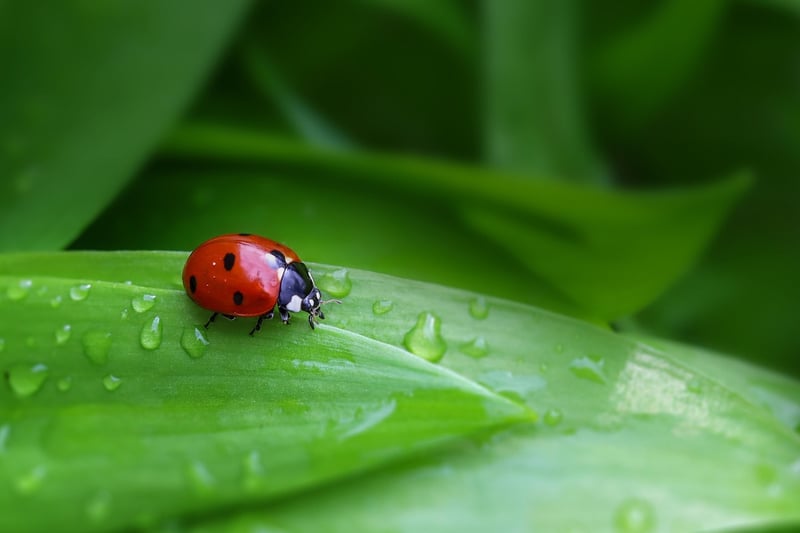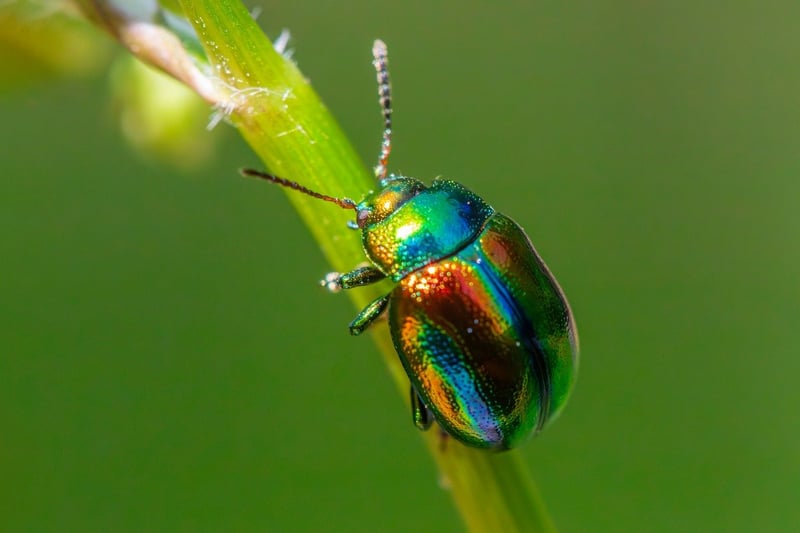Identifying Pests
#PestRemedies
#Prevention
#BugIdentification
Protecting Plants from Pests and Identifying Common Garden Pests
Introduction to Plant Pests
Plant pests can wreak havoc on your garden, causing damage to your plants and affecting their growth. It's essential to protect your plants from pests to ensure a healthy and thriving garden. Identifying common garden pests is the first step towards effective pest control.
Identifying Common Garden Pests
Here are some common garden pests you may encounter:
- Aphids: These small insects feed on plant sap and can cause yellowing of leaves.
- Whiteflies: Whiteflies are tiny, moth-like insects that suck plant juices, leading to leaf wilting.
- Spider Mites: These pests are tiny and may create webbing on plants, causing damage.
- Caterpillars: Caterpillars can chew on plant leaves, leading to holes and damage.
- Slugs and Snails: These pests feed on plant leaves and can be particularly damaging to young plants.
Protecting Plants from Pests
Here are some tips to protect your plants from pests:
- Regular Inspection: Inspect your plants regularly for signs of pest infestation.
- Natural Predators: Encourage beneficial insects like ladybugs and lacewings that prey on garden pests.
- Neem Oil: Use neem oil as a natural insecticide to control common garden pests.
- Physical Barriers: Use row covers or netting to protect plants from pests like caterpillars.
- Cultural Practices: Practice good garden hygiene, such as removing debris and weeds that harbor pests.
Conclusion
By identifying common garden pests and implementing effective pest control measures, you can safeguard your plants and promote a healthy garden environment. Remember to monitor your plants regularly and take proactive steps to protect them from pesky invaders.


